In the quest for clear, healthy skin, individuals often turn to skincare products, dietary changes, and medical treatments. However, one crucial aspect of our daily lives frequently goes overlooked: the textiles that come into direct contact with our skin.
The Textile ConnectionRecent studies have begun to shed light on how textiles directly impact skin conditions. For instance, synthetic fibers and harsh dyes have been linked to increased skin irritation and flare-ups in sensitive skin conditions. Fabrics treated with certain chemicals can strip the skin of its natural oils, leading to dryness and exacerbation of skin conditions.

A study published in the Journal of the American Academy of Dermatology highlights the correlation between fabric choice and eczema severity, suggesting that smoother, natural fabrics can significantly reduce irritation. Similarly, research in the Dermatologic Therapy journal points out that textiles dyed with certain compounds can aggravate acne and rosacea by clogging pores or causing allergic reactions.
Why Bedding MattersConsidering we spend roughly a third of our lives in bed, the choice of bedding becomes paramount for those with skin conditions. Rough, chemically treated fabrics can create a micro-environment that exacerbates skin irritation, disrupts sleep, and impedes the skin's healing process.
Natural, soft, and chemical-free textiles, on the other hand, offer a gentler alternative. Fabrics like organic cotton or silk, dyed with natural, non-irritating compounds, can help soothe sensitive skin, reduce the likelihood of flare-ups, and support overall skin health.
Towards a Holistic Approach to HealingThe journey to managing rosacea, acne, and eczema is multifaceted. While medical treatments and lifestyle changes play crucial roles, the importance of textile choice, particularly bedding, should not be underestimated. Opting for hypoallergenic, chemical-free, and soft, natural fabrics can significantly impact the well-being of individuals with sensitive skin conditions.
Incorporating skin-friendly textiles into our daily lives represents a simple yet effective step towards a holistic approach to skin health. As we continue to uncover the complex interactions between our environment and our skin, the choice of bedding emerges not just as a matter of comfort, but as a fundamental component of skin care and healing.
By acknowledging and addressing this often overlooked trigger, we can take another step towards comprehensive, holistic healing for those suffering from rosacea, acne, and eczema. Let's not forget, healing begins with what we surround ourselves with, both internally and externally.
FURTHER READING:
Journal of the American Academy of Dermatology (JAAD): Offers extensive research articles on dermatology, including studies on skin conditions and the impact of textiles.
Dermatologic Therapy: Features articles focusing on treatment options for various skin diseases and the role of external factors like textiles in managing these conditions.
Contact Dermatitis: This journal provides insights into skin reactions to external irritants, including textiles, and offers guidance on managing such conditions.
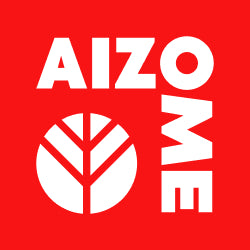



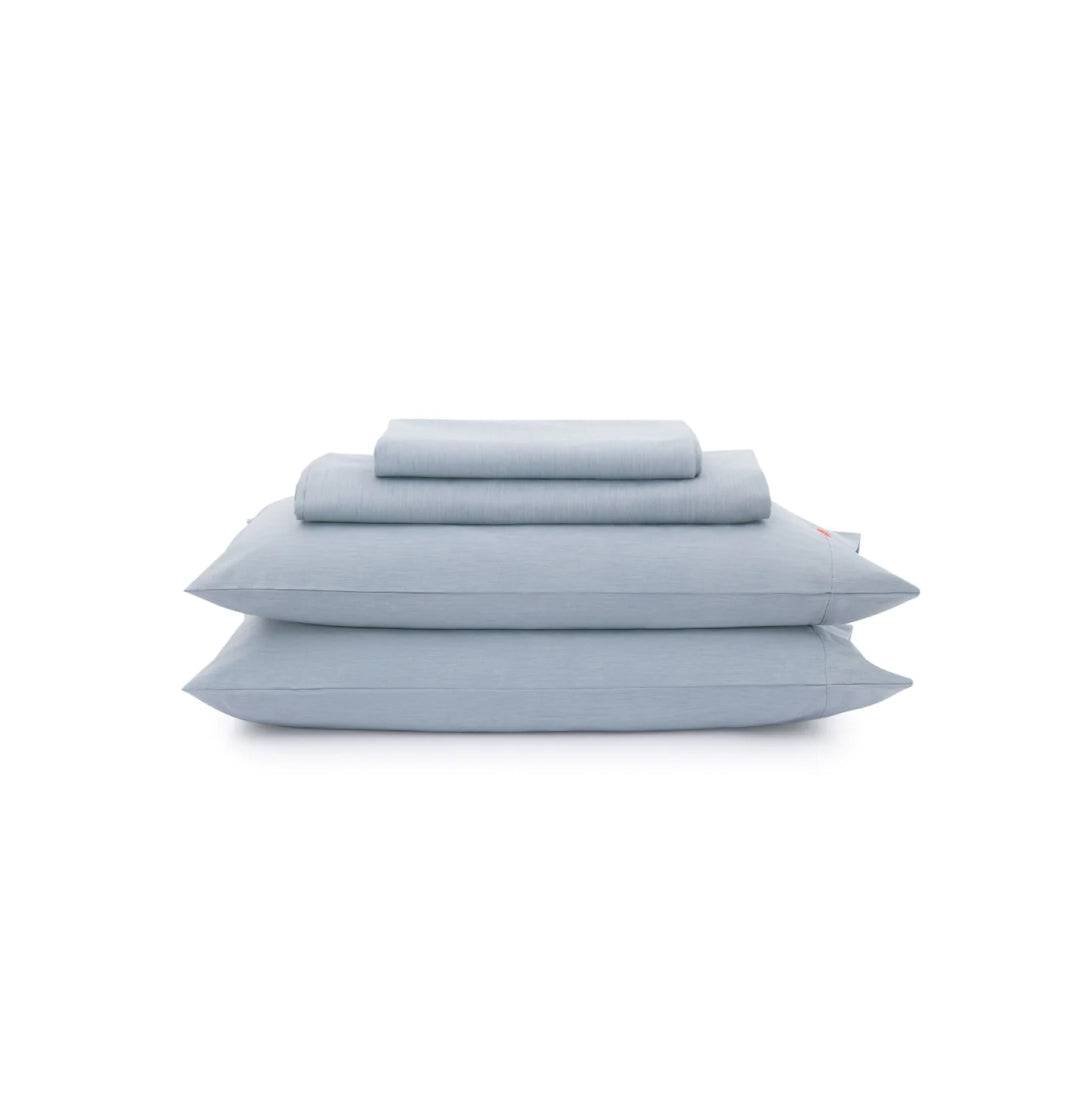

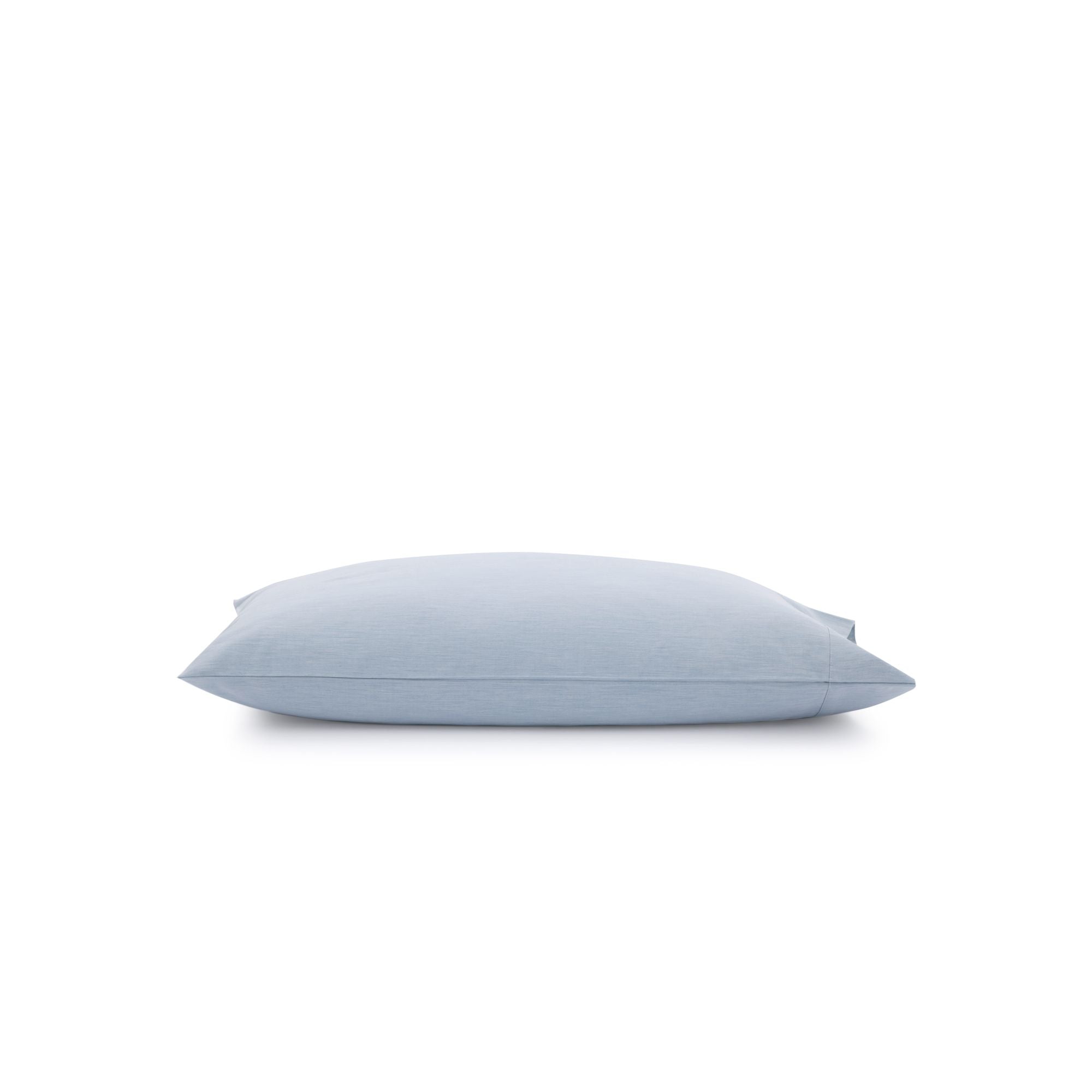
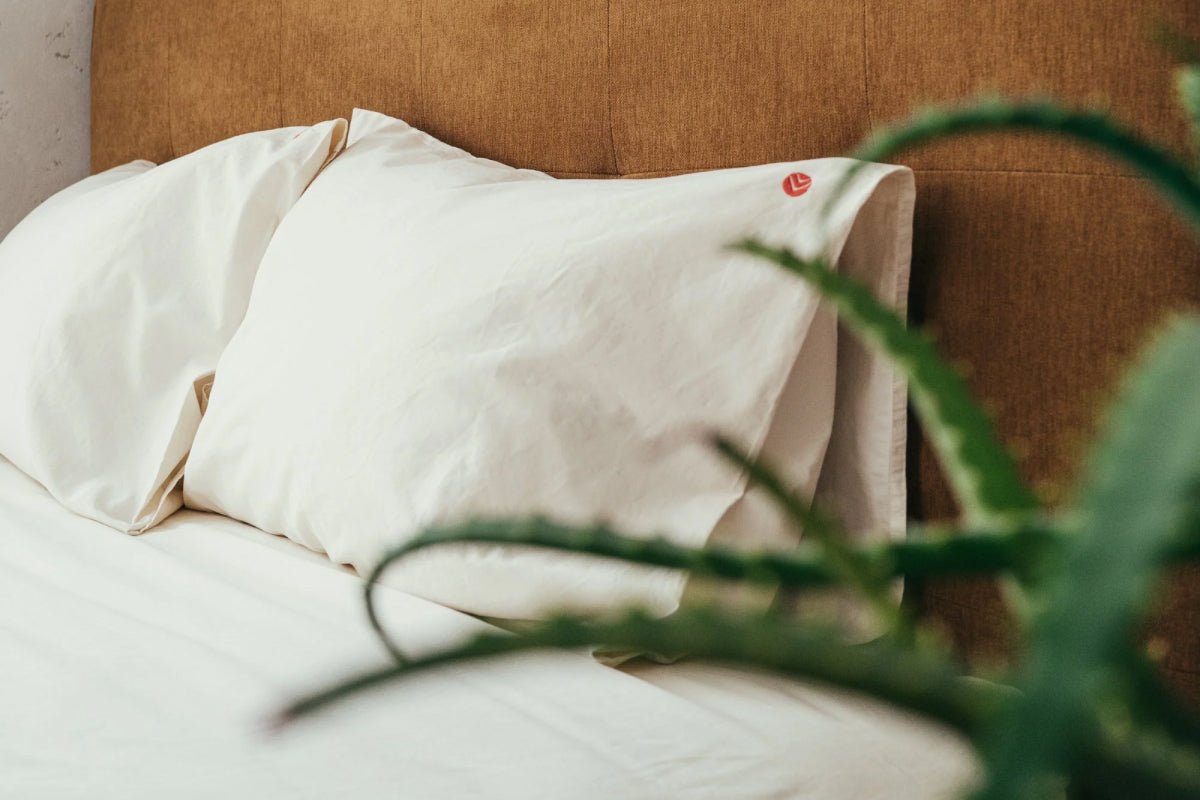 Bedding
Bedding
 Clothing & Accessories
Clothing & Accessories
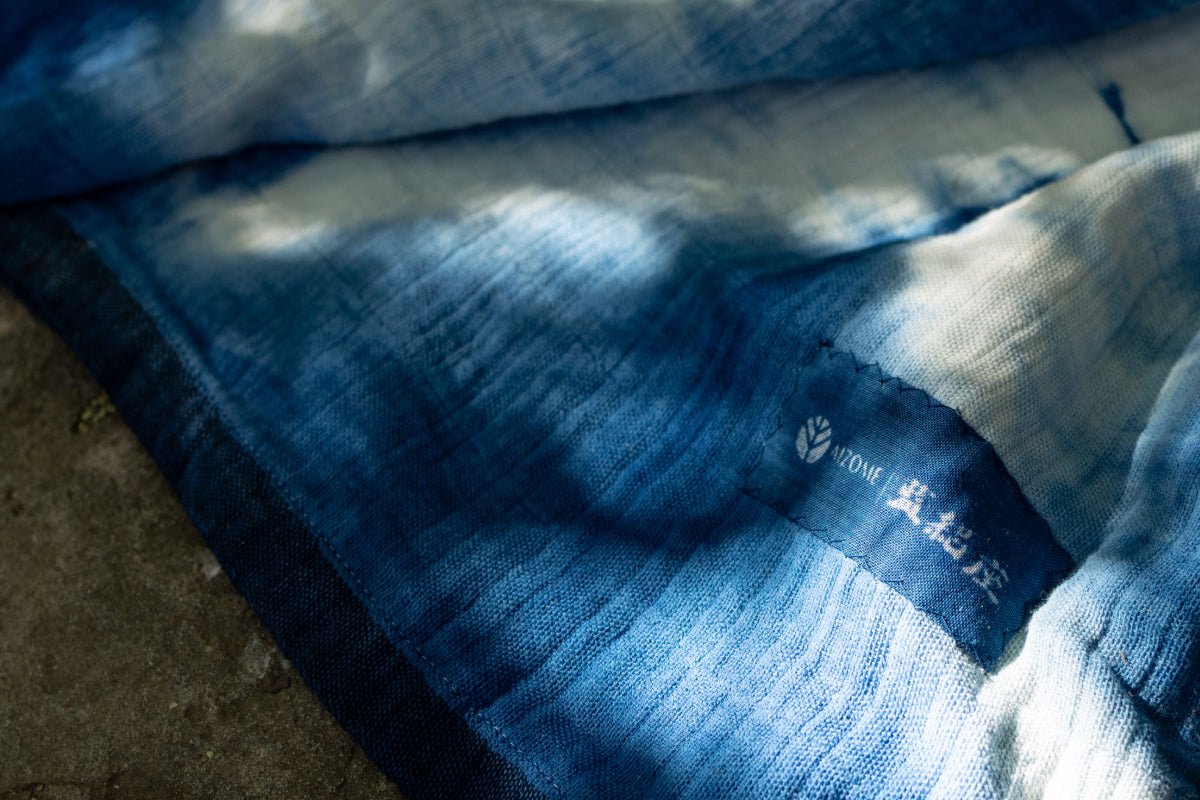 Artisan Line
Artisan Line

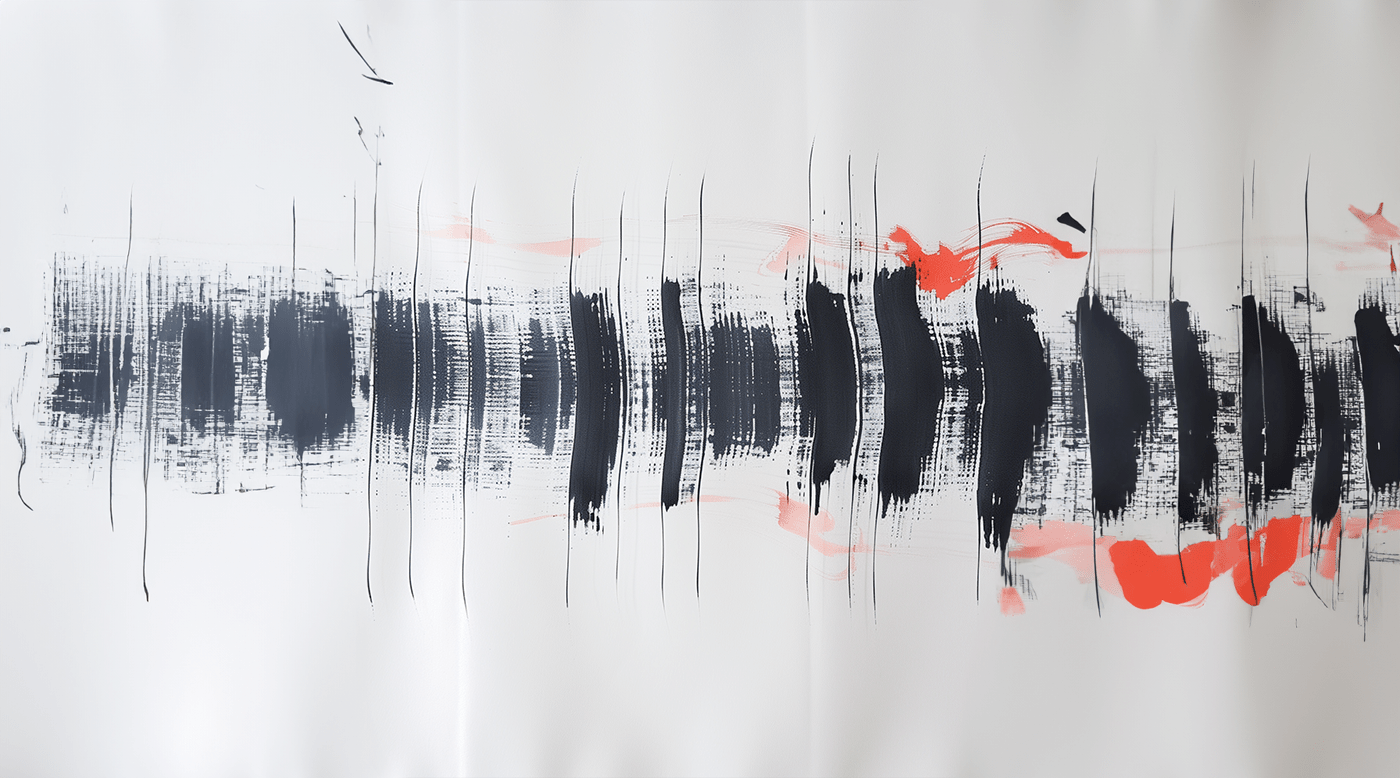

Leave a comment
All comments are moderated before being published.
This site is protected by hCaptcha and the hCaptcha Privacy Policy and Terms of Service apply.